Overview
In situations where one network wire needs to carry:
- Just Add Power Audio/Video to a Receiver
- internet traffic for a network device
- Other situations covered in the Network Connection Through Receiver Port article.
The network cable would need to be split using the 509POE Daisy-Chain Receiver or an unmanaged network switch.
Disclaimer: This configuration will not provide network communication if a discovery protocol is used to identify the device.
Solution
Enable the DHCP Server on a single Just Add Power Receiver in the installation:
astparam s dhcp_server_enable y;astparam save;reboot
This will enable the Receiver to pass out DHCP addresses to up to 50 devices. Only one Receiver can have this enabled; that single Receiver will manage all network devices, no matter what Receiver they are connected to.
After the DHCP Server is enabled, apply a Static Route to the router so that network traffic is appropriately forwarded to the Just Add Power IP scheme.
DHCP Address Table
| J+P IP | First DHCP IP | Last DHCP IP | Netmask | Default Gateway |
|---|---|---|---|---|
| 10.x.x.x | 10.128.0.200 | 10.128.0.249 | 255.0.0.0 | 10.128.0.1 |
| 172.16.x.x | 172.16.128.200 | 172.16.128.249 | 255.255.0.0 | 172.16.128.1 |
| 192.168.100.x | 192.168.100.200 | 192.168.100.249 | 255.255.255.0 | 192.168.100.129 |
| 192.168.200.x | 192.168.200.200 | 192.168.200.249 | 255.255.255.0 | 192.168.200.129 |
Alternate Solution
Set a static IP on the device using an IP in the table above to provide consistent, direct IP control of a network device.
Network devices on the same network cable as a Just Add Power Receiver must have an IP that is in the same subnet as the Receiver in order to communicate with other devices.
A Static Route must be applied to the router to allow the network device to communicate with the regular data network.




